This article explores the rise of NFTs, their impact on the art world, and the advantages they bring to both artists and collectors.
What are NFTs?
Non-Fungible Tokens (NFTs) are unique digital assets that are stored on a blockchain, typically based on Ethereum. Unlike cryptocurrencies such as Bitcoin or Ethereum, which are fungible and can be exchanged on a one-to-one basis, NFTs cannot be replicated or exchanged at an equal value. Each NFT is one-of-a-kind and contains metadata that verifies its authenticity and ownership.
NFTs have gained significant attention due to their ability to provide proof of ownership and authenticity for digital creations, including artworks, videos, music, and more. Blockchain technology solves the problem of digital scarcity, allowing artists to create and sell limited edition digital assets.
The Impact on the Art World
The art world, known for its traditional practices and gatekeepers, has been disrupted by NFTs. This technology has democratized the art market, giving artists the opportunity to showcase and sell their work directly to collectors, bypassing galleries, auction houses, and agents.
One of the significant advantages for artists is the ability to earn royalties whenever their NFT is sold in the secondary market. Unlike the traditional art market, where artists usually receive a one-time payment, with NFTs they can benefit from ongoing income as the artwork is resold.
For collectors, NFTs provide a new way to invest in art and support emerging artists. The transparency of blockchain technology ensures provenance and eliminates the risk of counterfeit art. Additionally, NFTs can be easily transferred and stored digitally, reducing the need for physical storage space.
Advantages of NFTs
- Authenticity: NFTs offer a unique and tamper-proof way to verify the authenticity of digital art creations.
- Ownership: NFTs provide digital artists with a secure and transparent way to prove ownership and sell their work.
- Direct Transactions: Artists can sell their work directly to collectors, enabling them to retain a larger portion of the profits.
- Royalties: Artists can earn ongoing royalties whenever their NFT is resold in the secondary market, giving them long-term income potential.
- Global Reach: NFT platforms allow artists to showcase their work to a global audience, expanding their opportunities for recognition and success.
The Future of NFTs
The future of NFTs looks promising, as more artists and collectors recognize the potential of this technology. According to NonFungible.com, the total sales volume of NFTs in the art sector reached $65 million in 2020, a significant increase from previous years. The growing adoption of NFTs suggests that they are here to stay.
As the technology evolves, we can expect to see improvements in scalability and energy efficiency, making NFTs more accessible and sustainable. Additionally, the integration of augmented reality (AR) and virtual reality (VR) technologies with NFTs opens up new possibilities for immersive digital art experiences.
Key Takeaways
- NFTs have disrupted the art world by allowing artists to sell their digital creations directly to collectors, eliminating the need for intermediaries.
- Artists benefit from NFTs by earning ongoing royalties and retaining more control over their work.
- Collectors can invest in digital art with confidence, as blockchain technology ensures authenticity and provenance.
- NFTs offer advantages such as authenticity, ownership verification, direct transactions, royalties, and a global reach for artists.
- The future of NFTs looks promising, with increasing adoption and the potential for advancements in technology.
Overall, NFTs have revolutionized the art market, providing new opportunities for artists and collectors alike. This disruptive technology has enabled the rise of digital art galleries, the growth of a global community of digital artists, and a new way to invest in digital creations. As the world continues to embrace NFTs, we can expect to witness further innovation and transformation in the digital art scene.


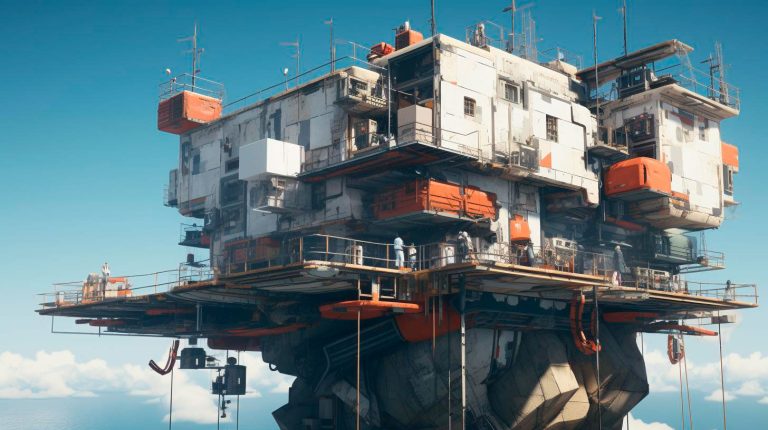
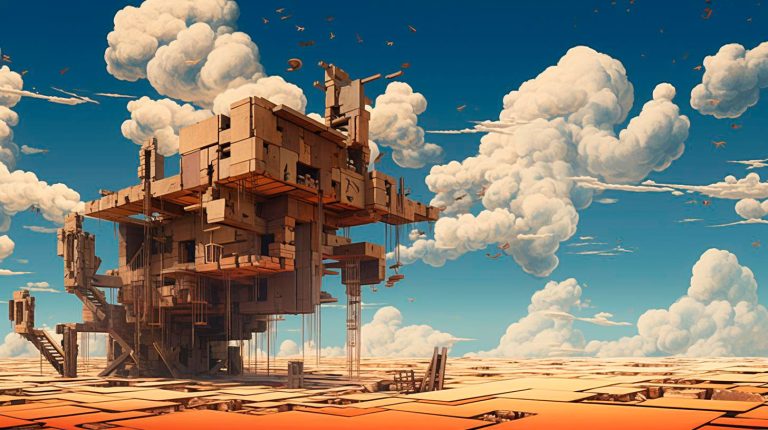
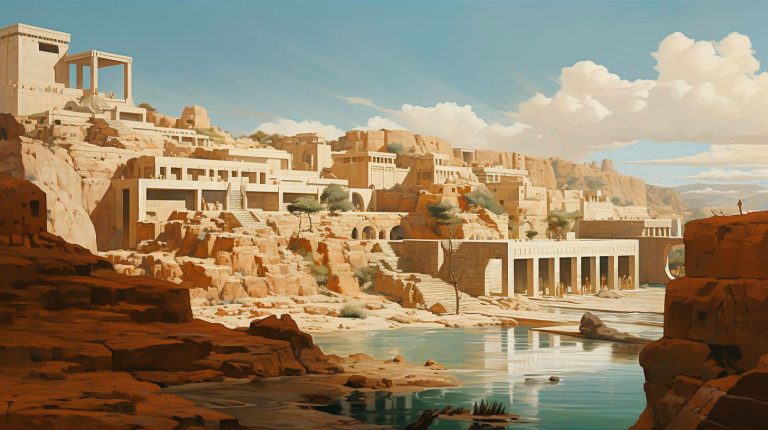
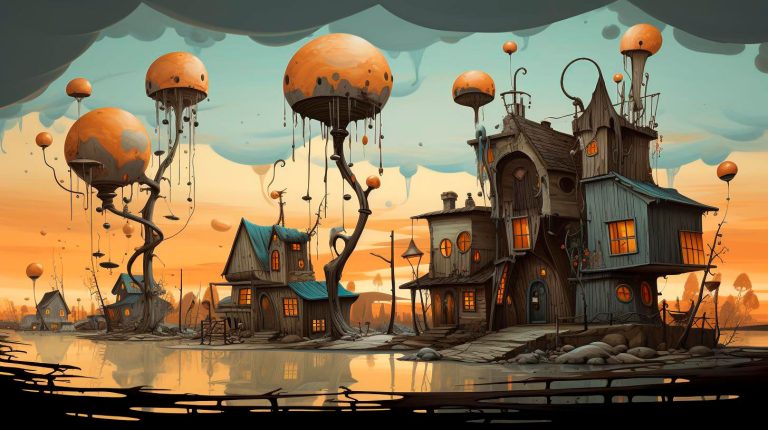

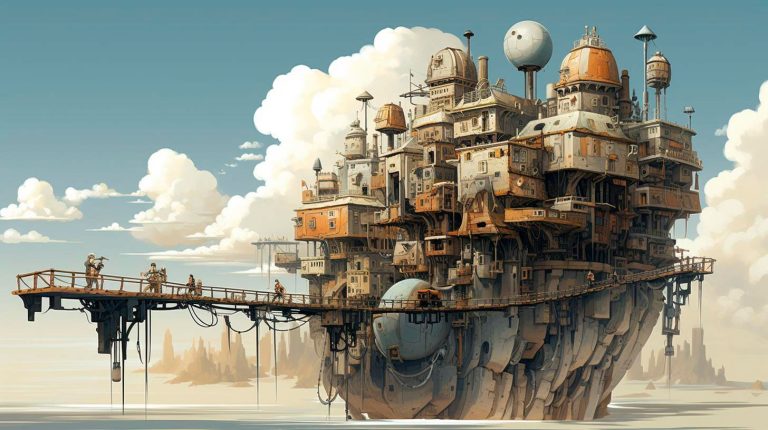
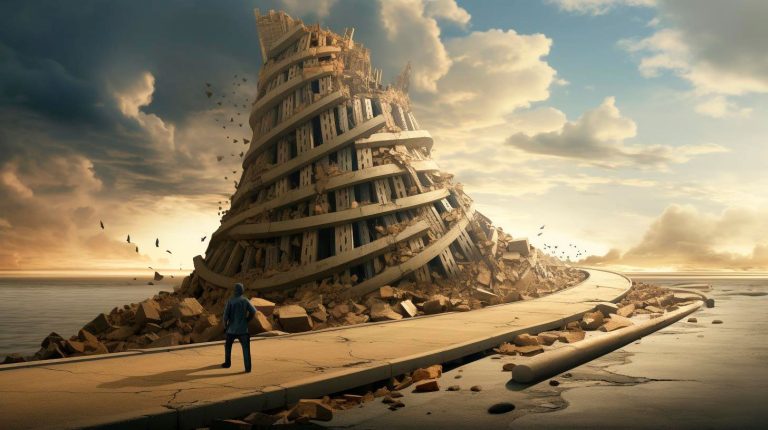







+ There are no comments
Add yours